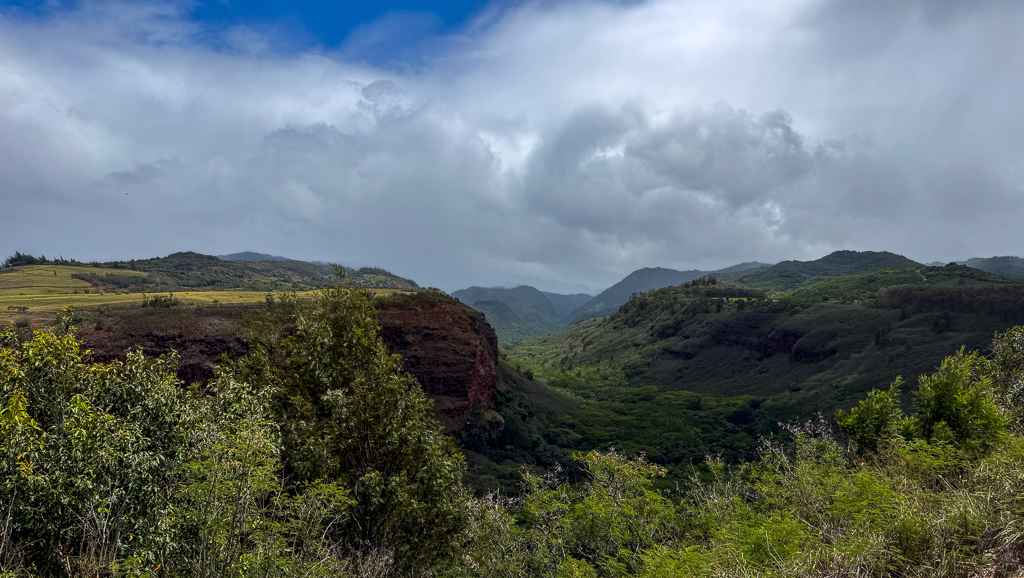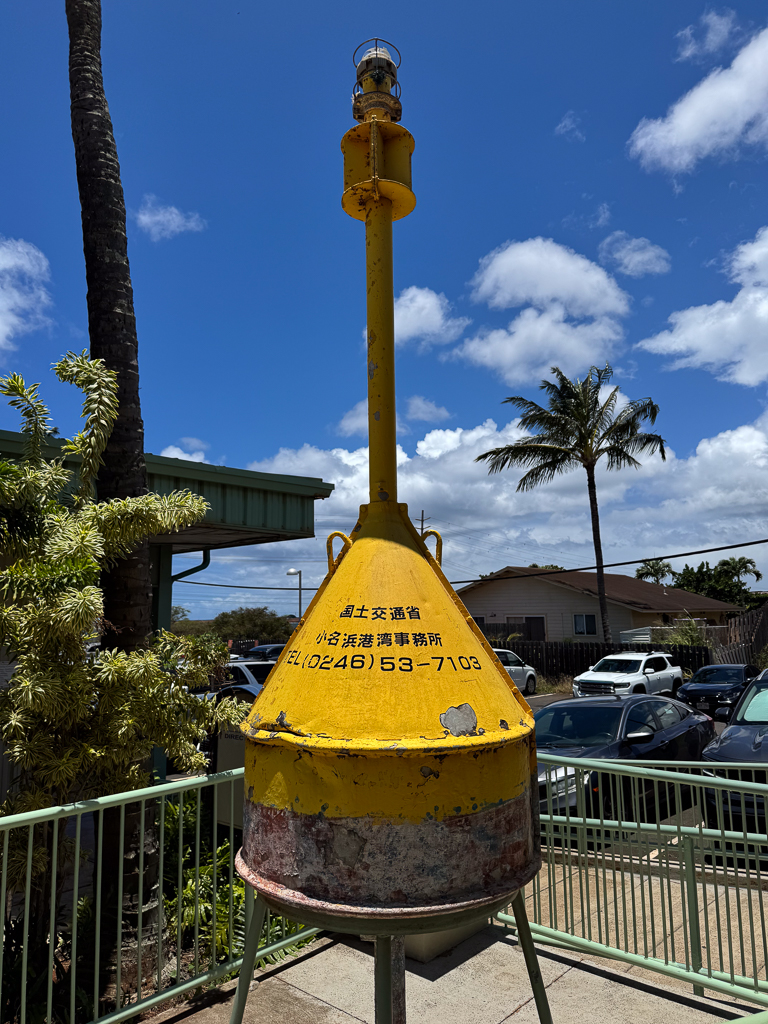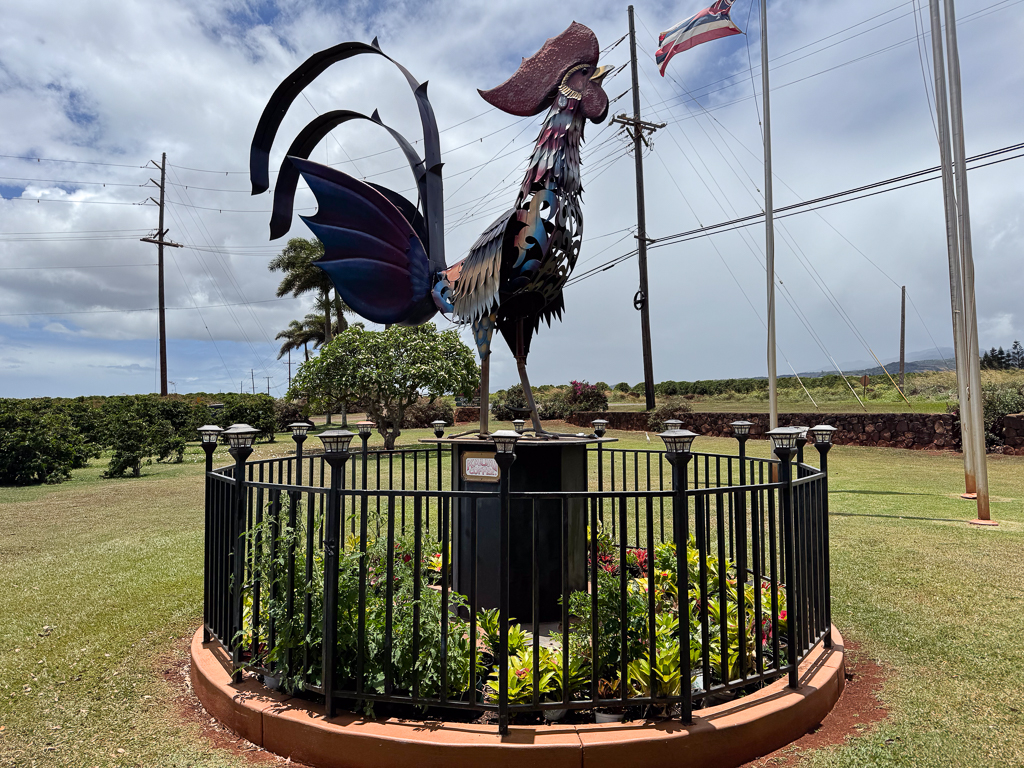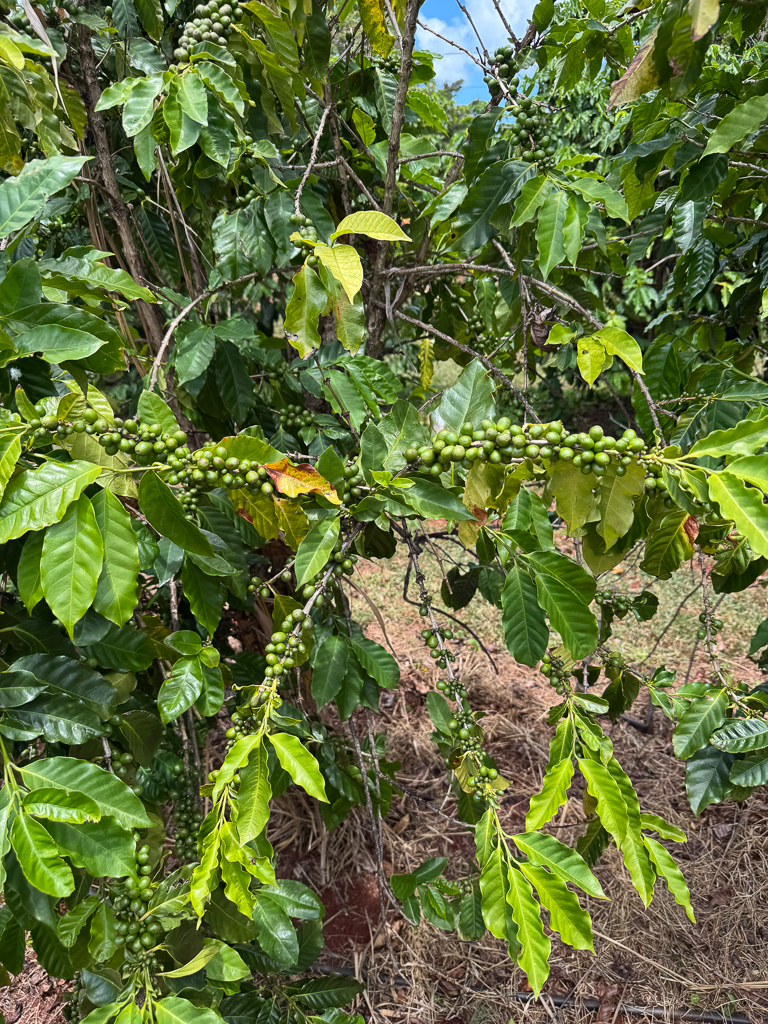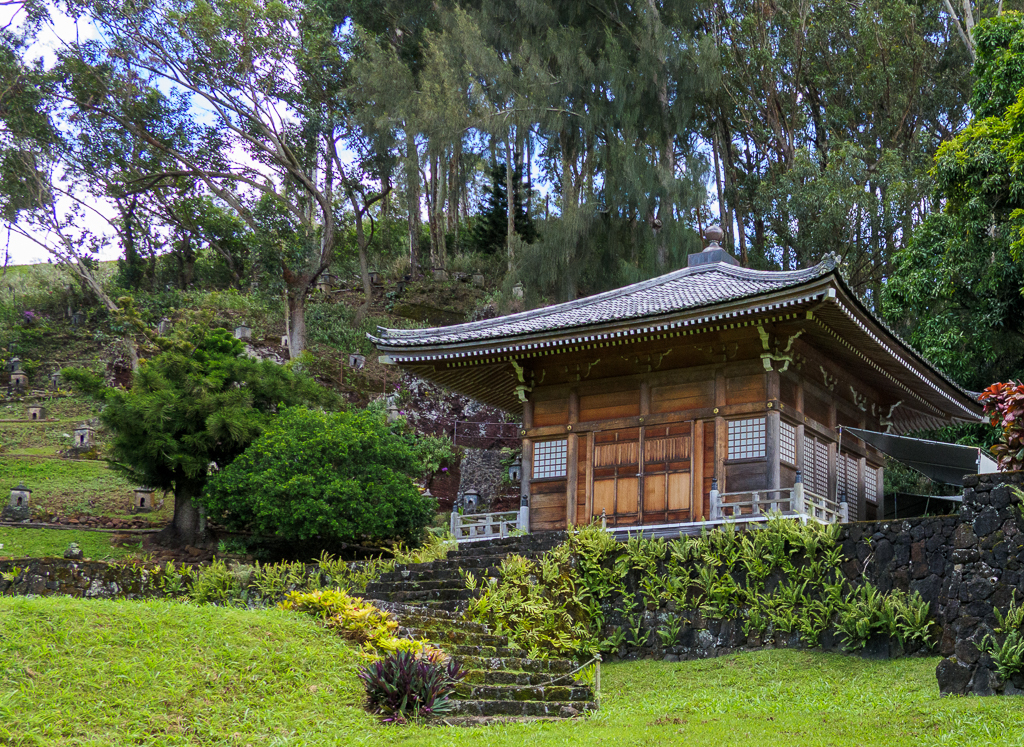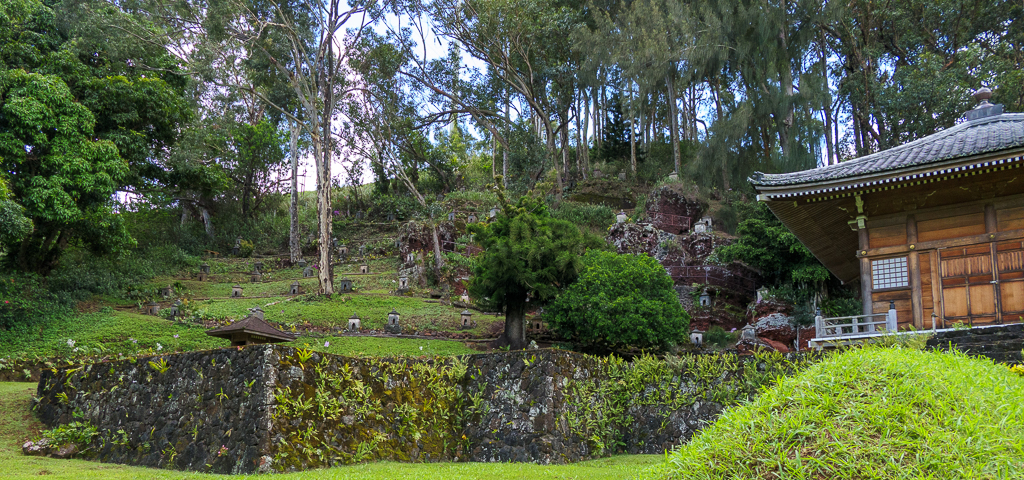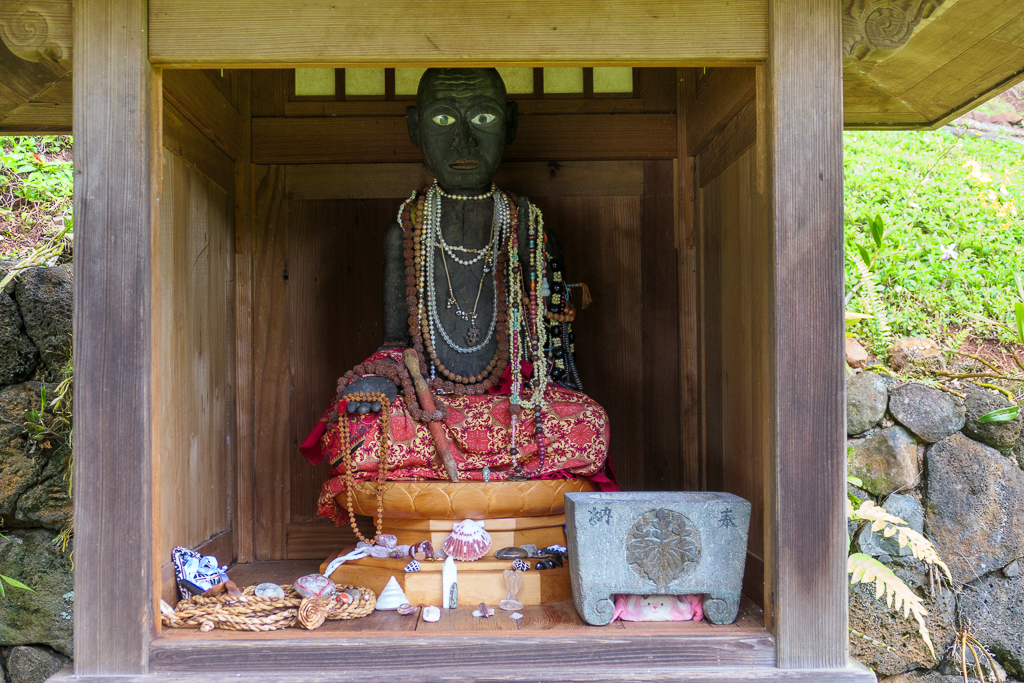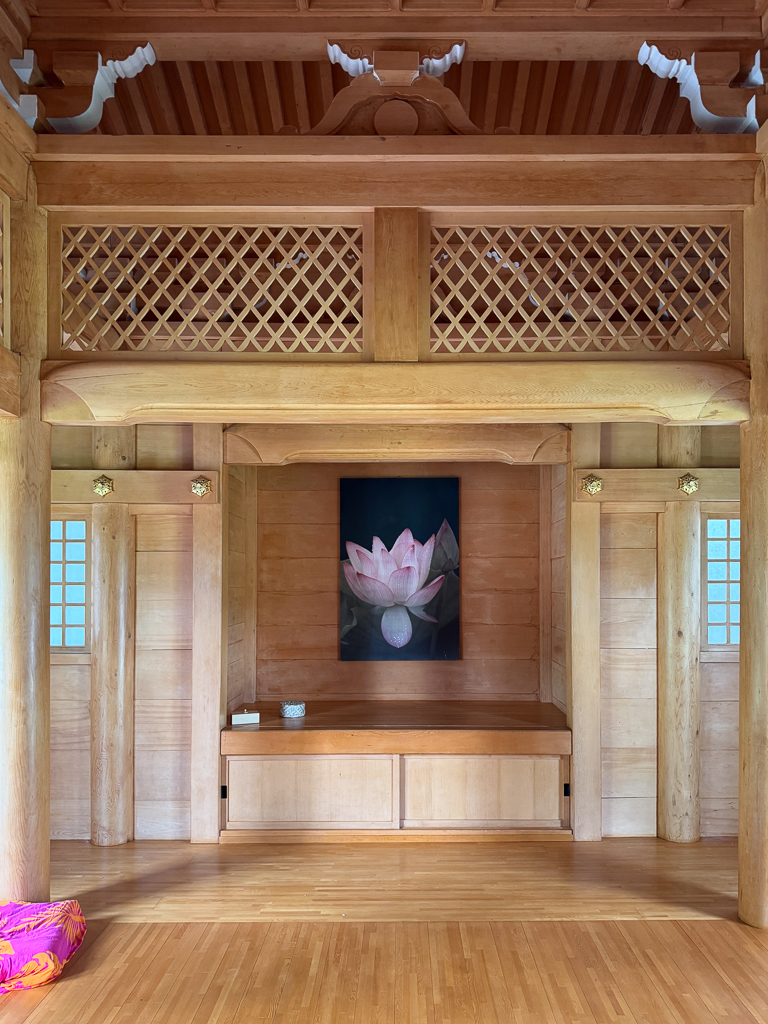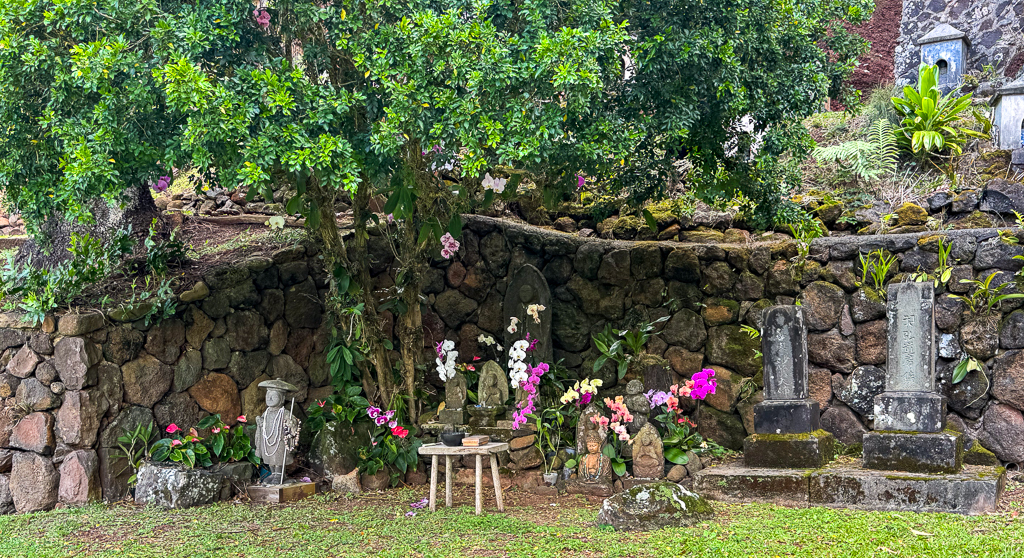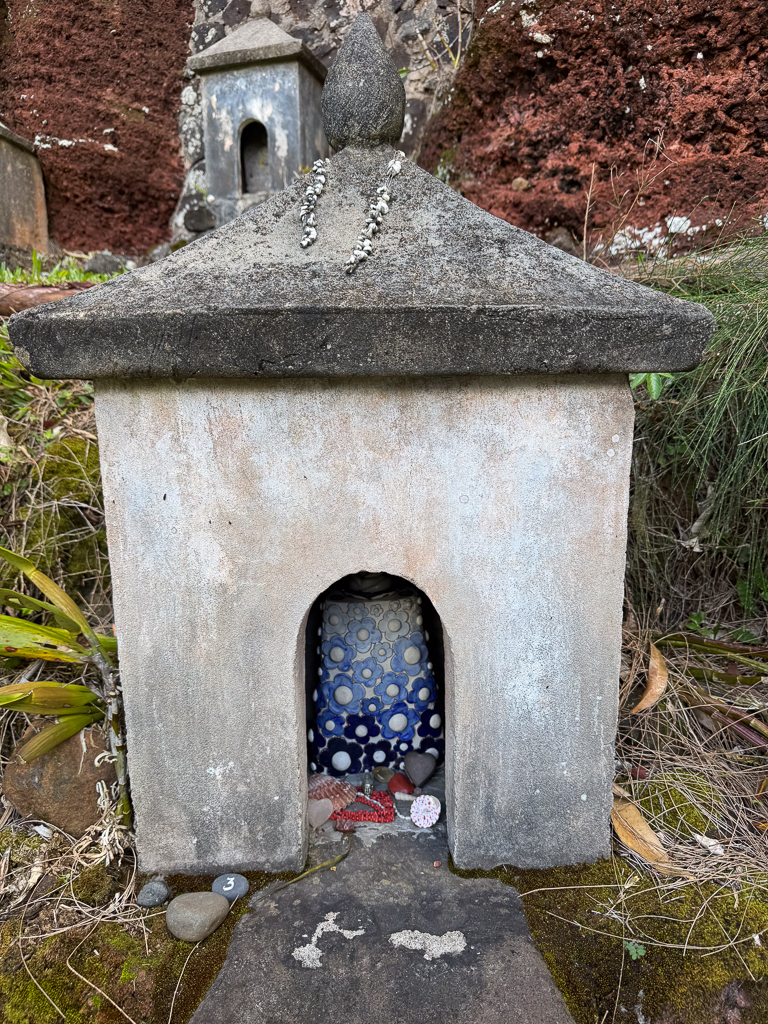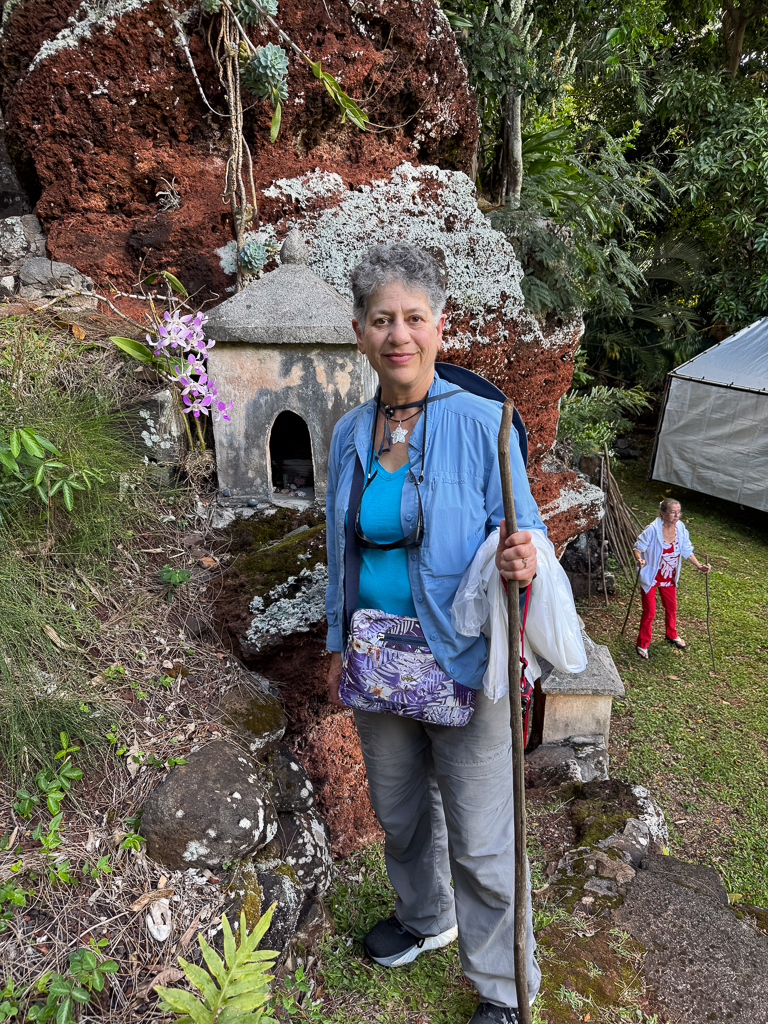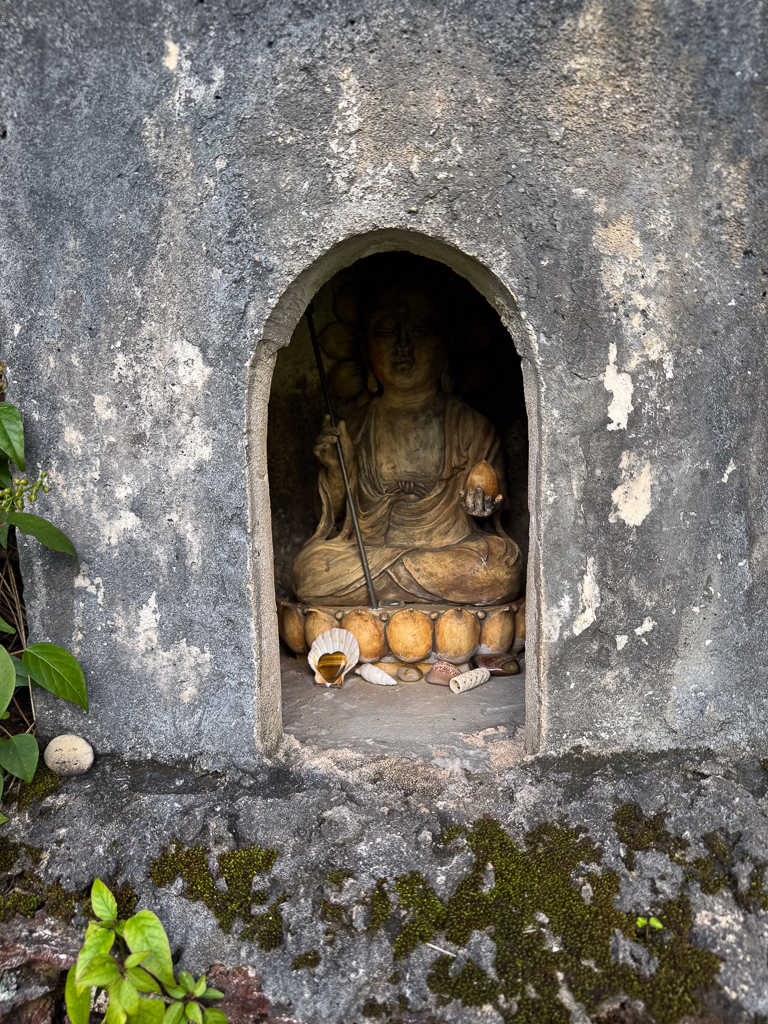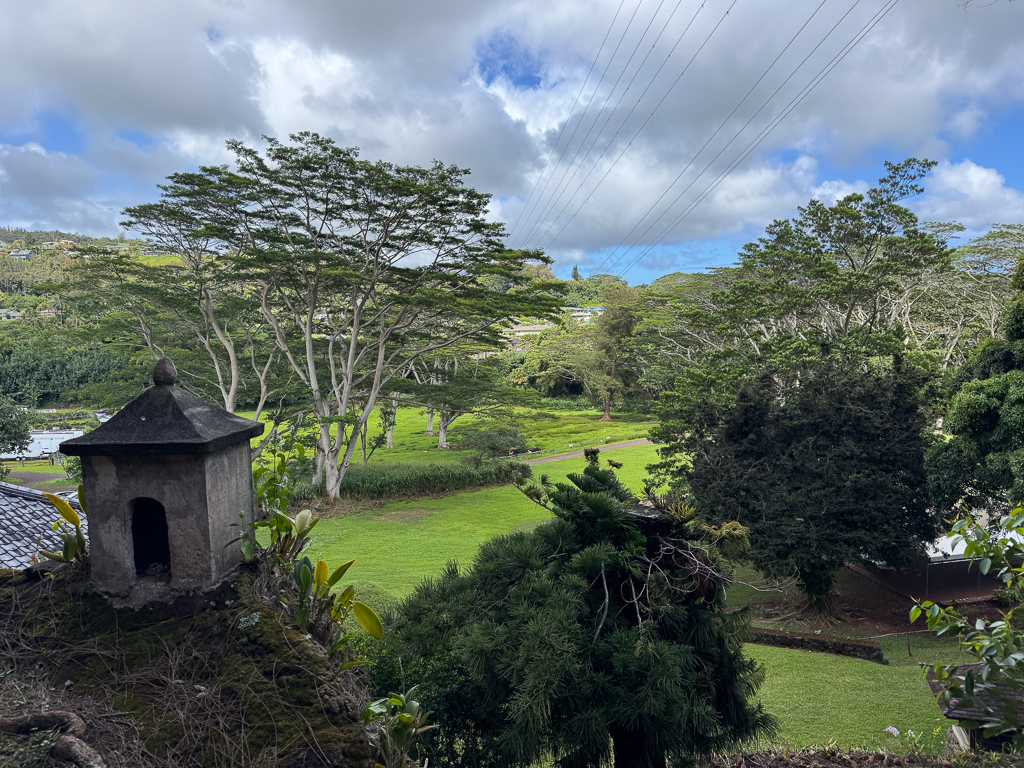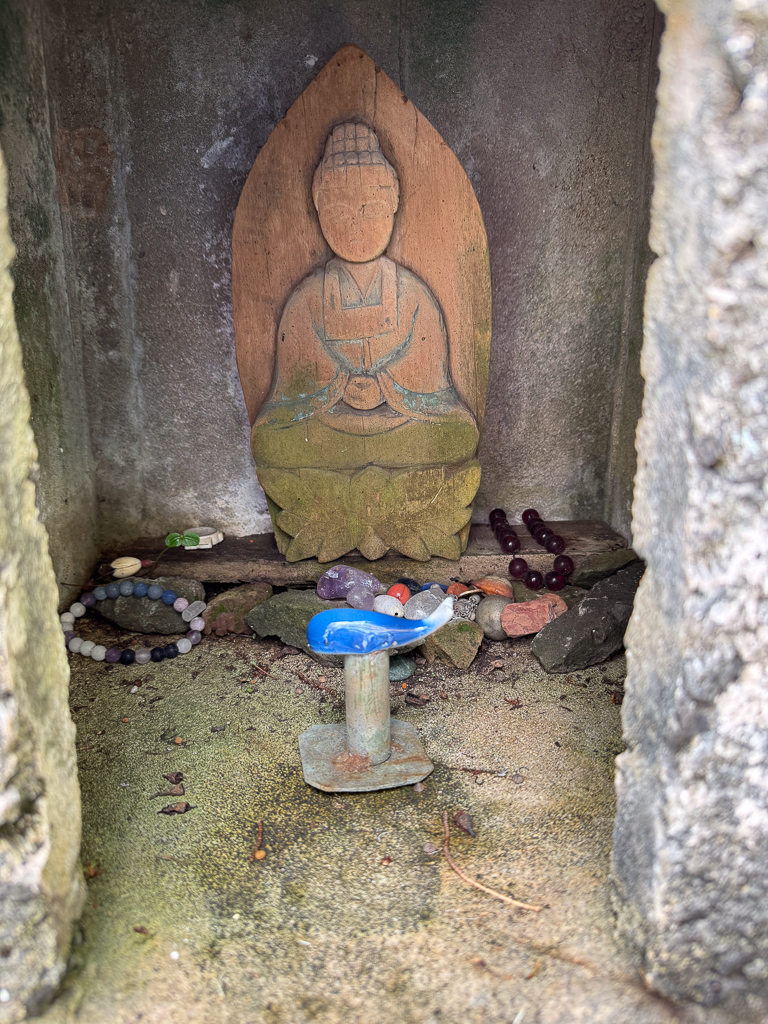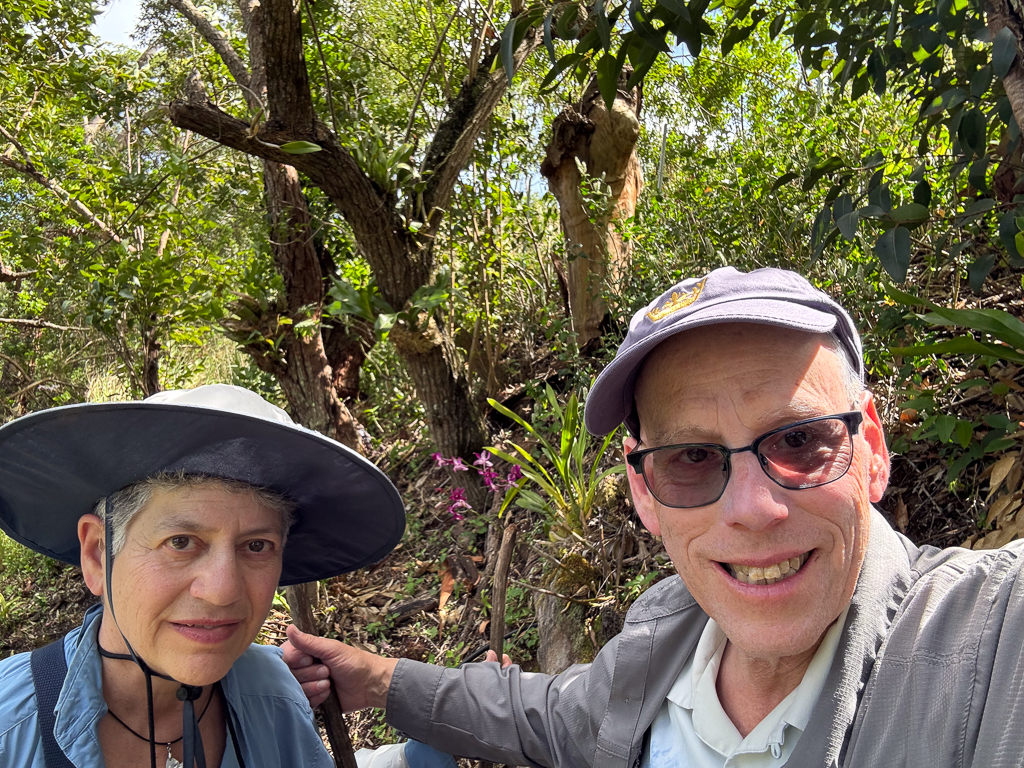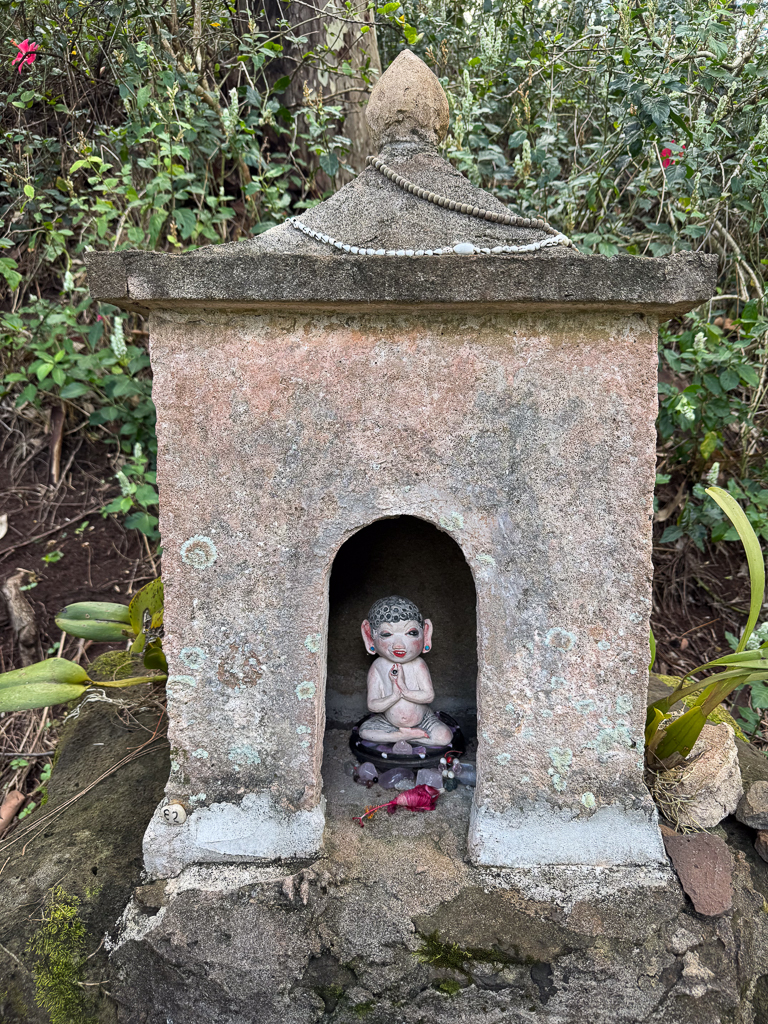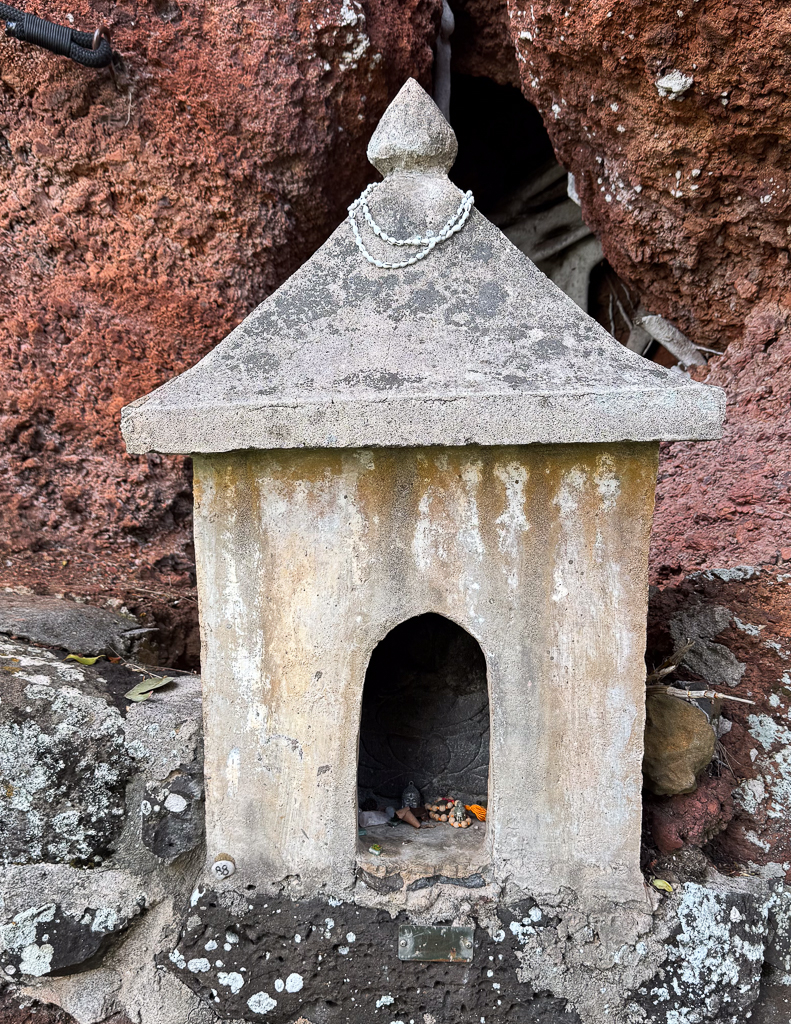We started today with a trip to the Princeville Botanical Gardens for their “Chocolate and Walking Tour”, which included several fruit tastings (mango, lychee, langsat, papaya, apple banana, and more), some of the honey they produce on site, and six chocolates from around the world (including one made from the cacao trees on site, though the final production is done by Wild Kauai Chocolate in Kapaa).
Our guide Zoe was very knowledgable about the plants on property, as well as leading us through the chocolate tasting. She even convinced me to try the apple banana – I ate the whole (small) piece and enjoyed it, though I still don’t see bananas of any kind being part of my regular diet.
The weather was great – warm, dry, not too windy, and sunny with plenty of shade available.
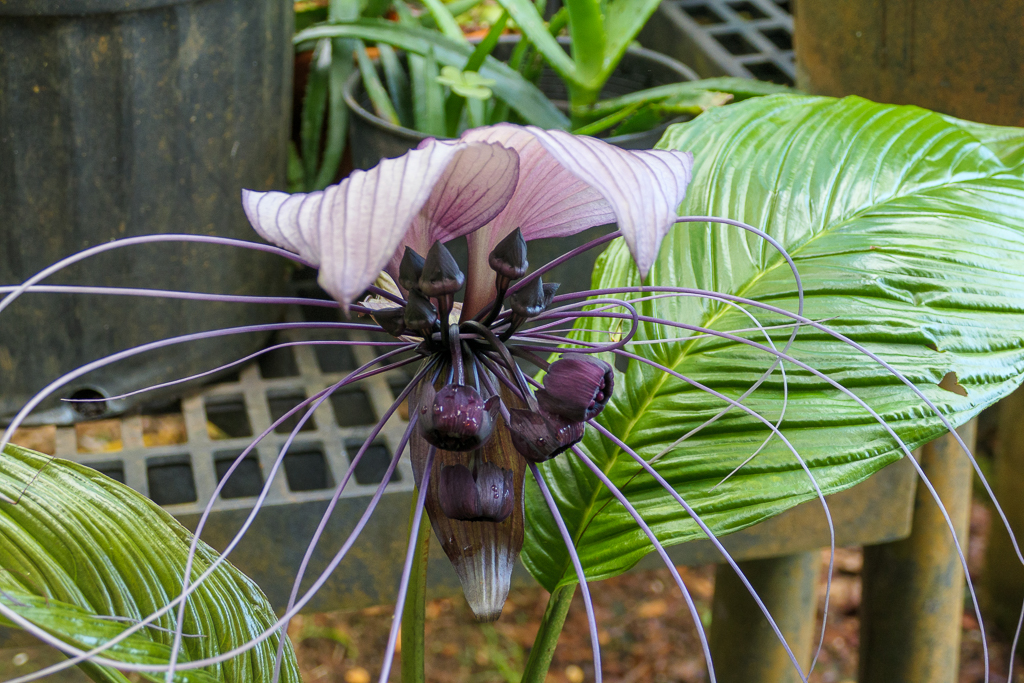
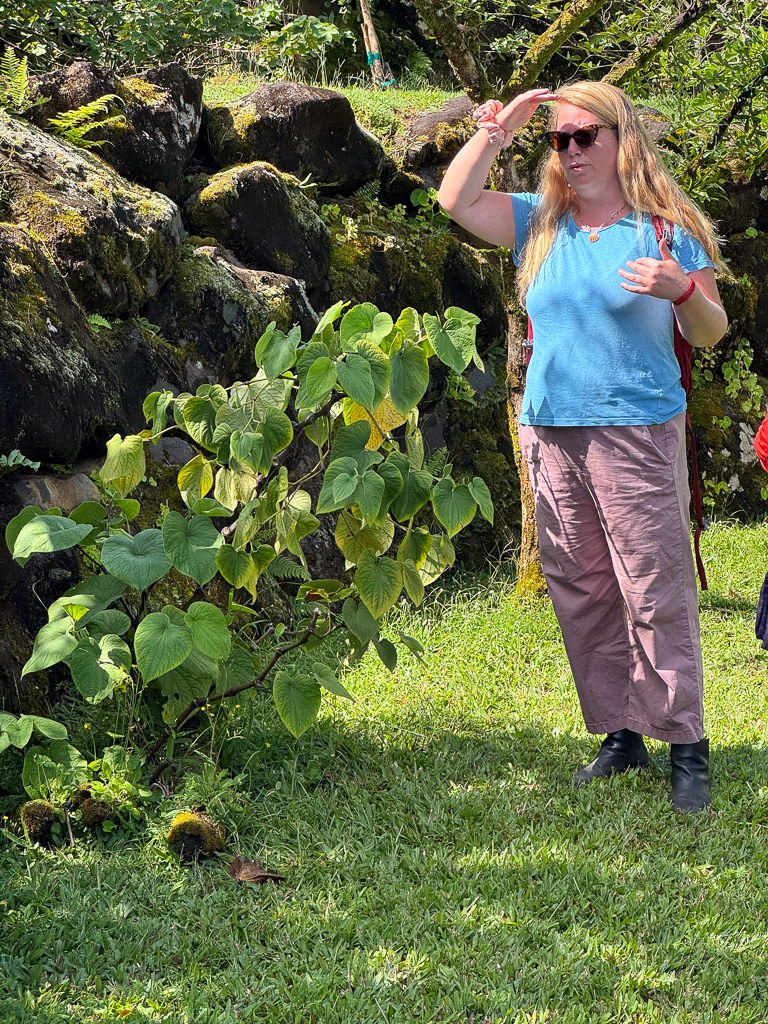
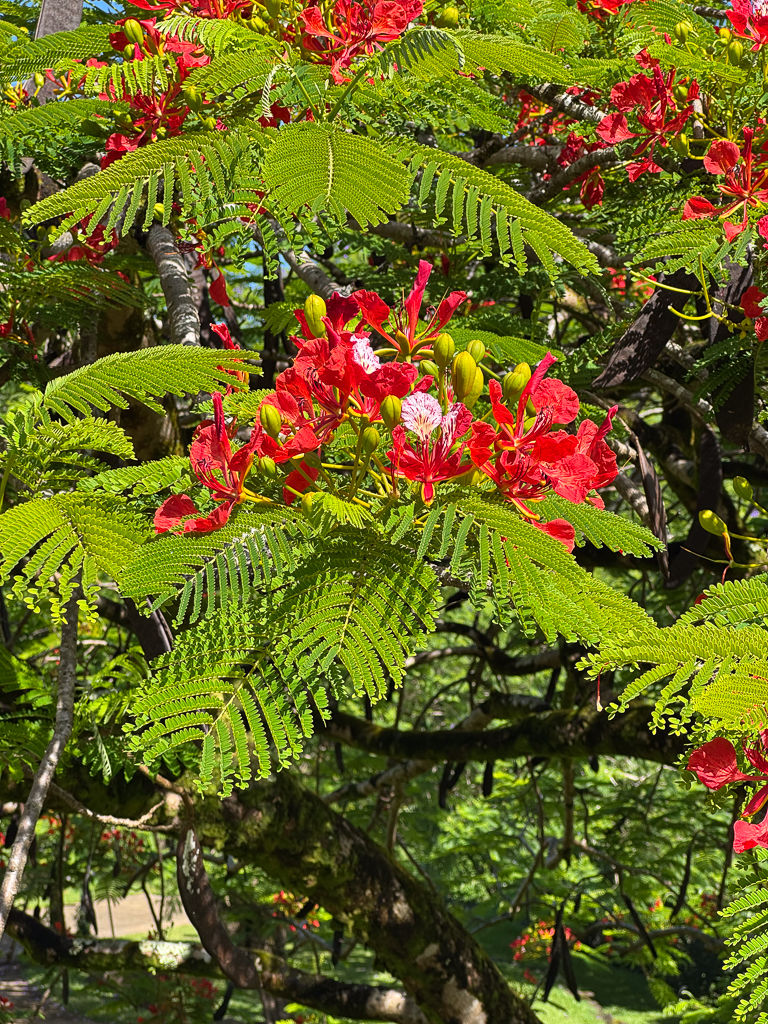
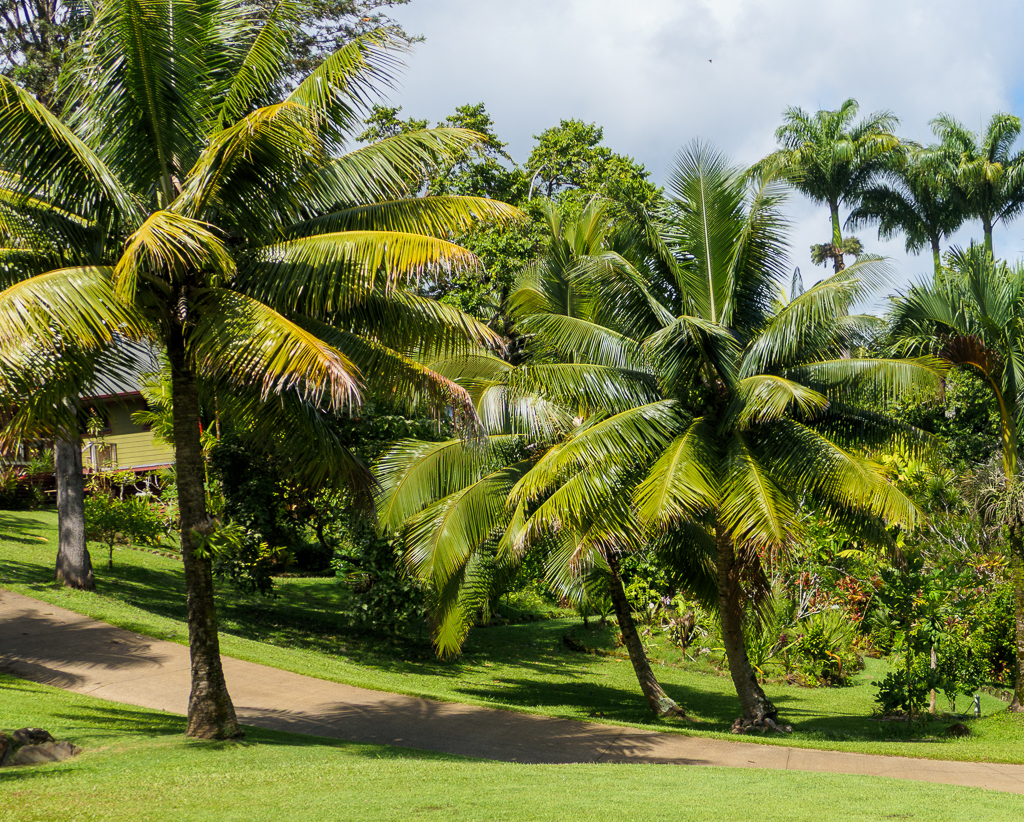
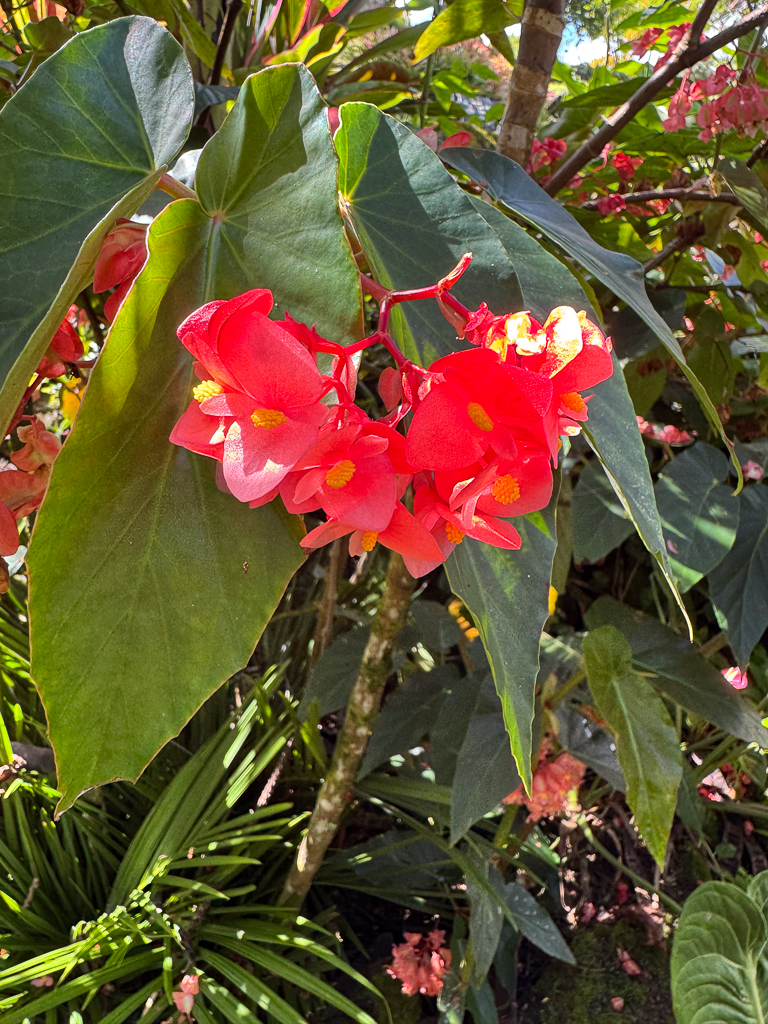

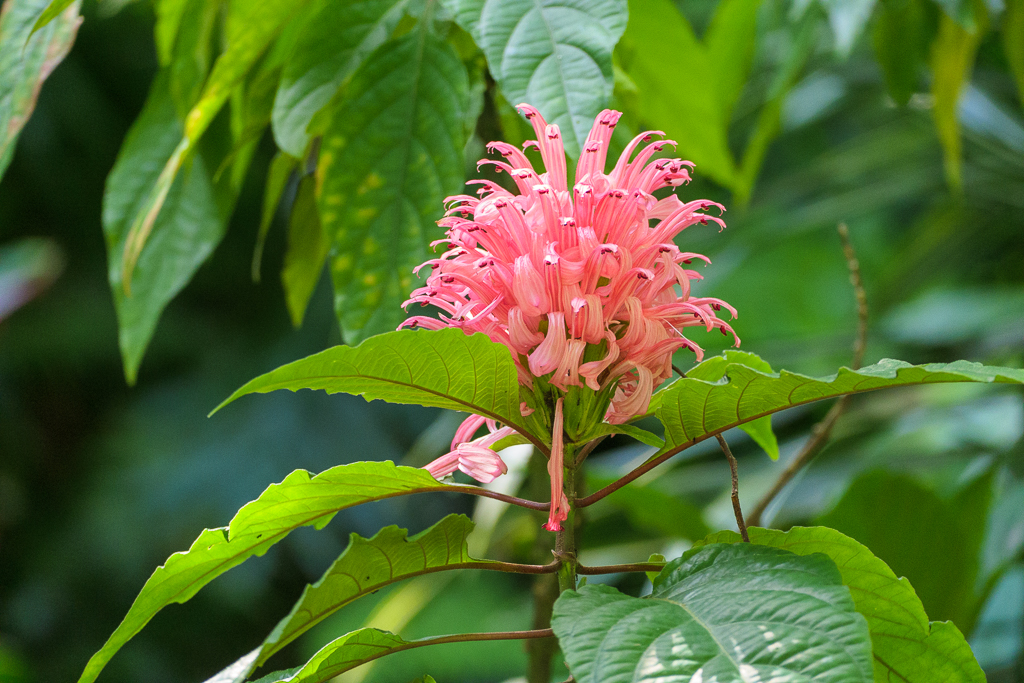
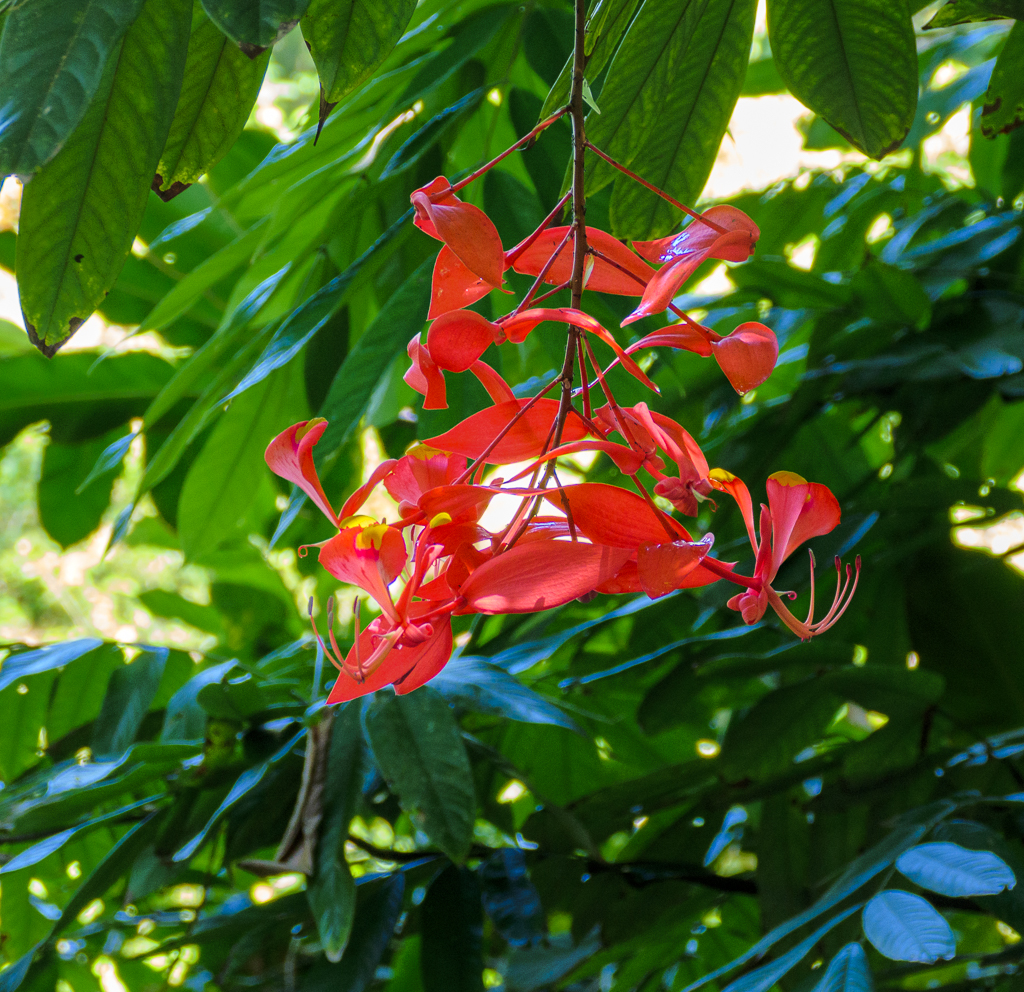
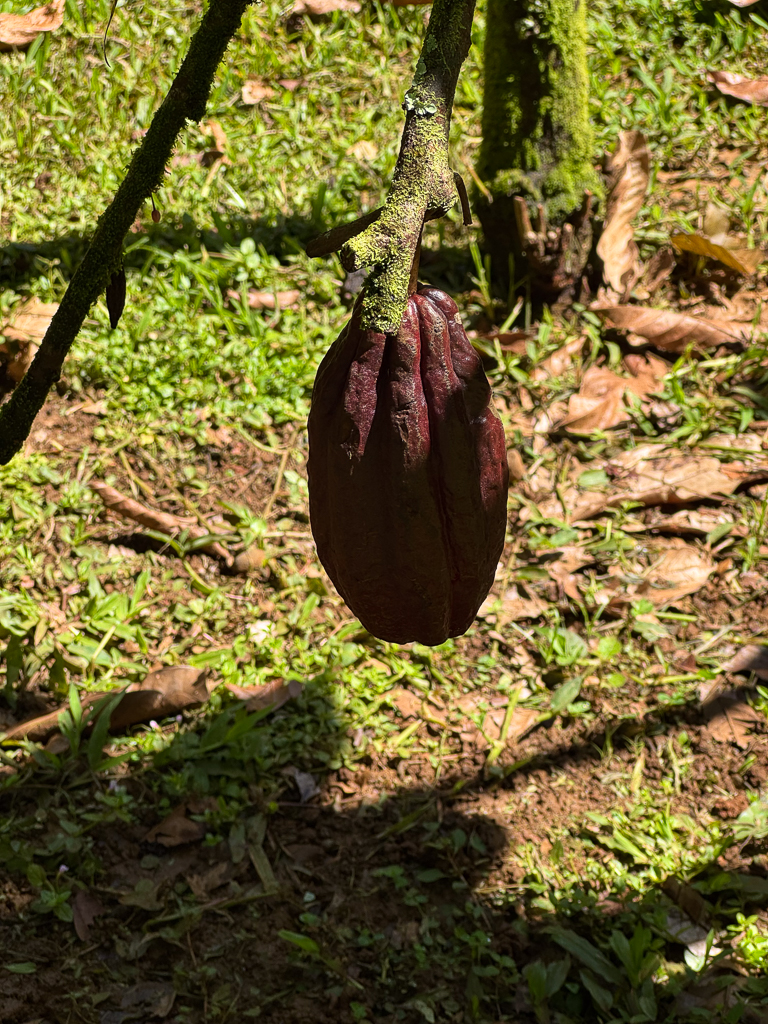
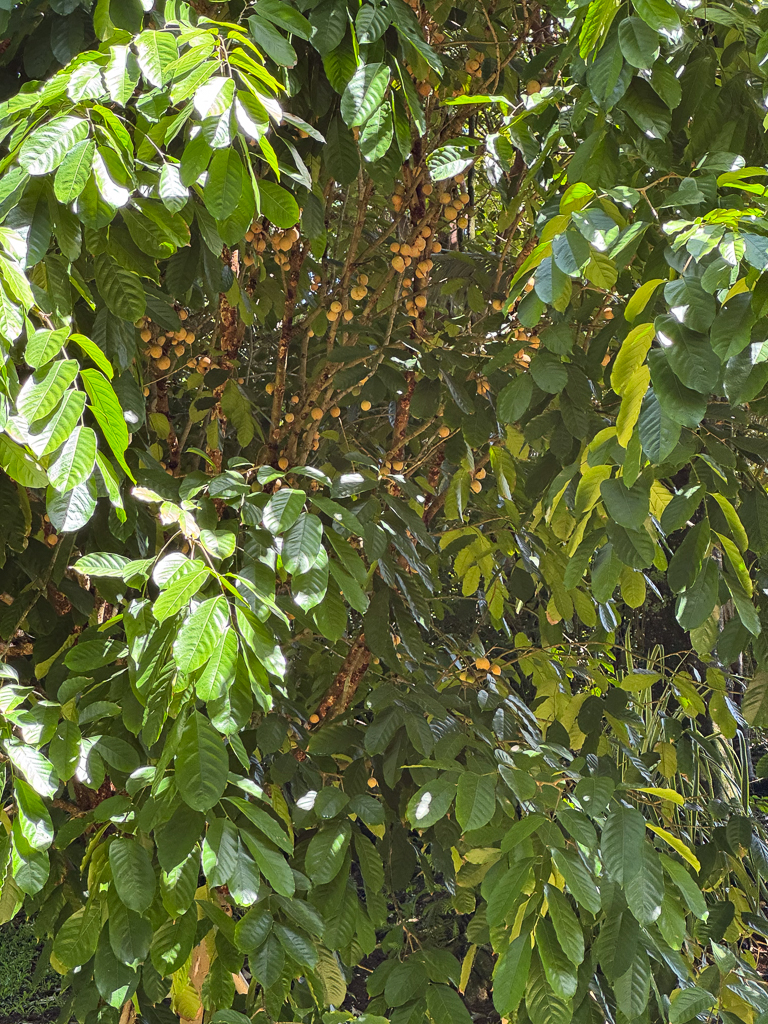
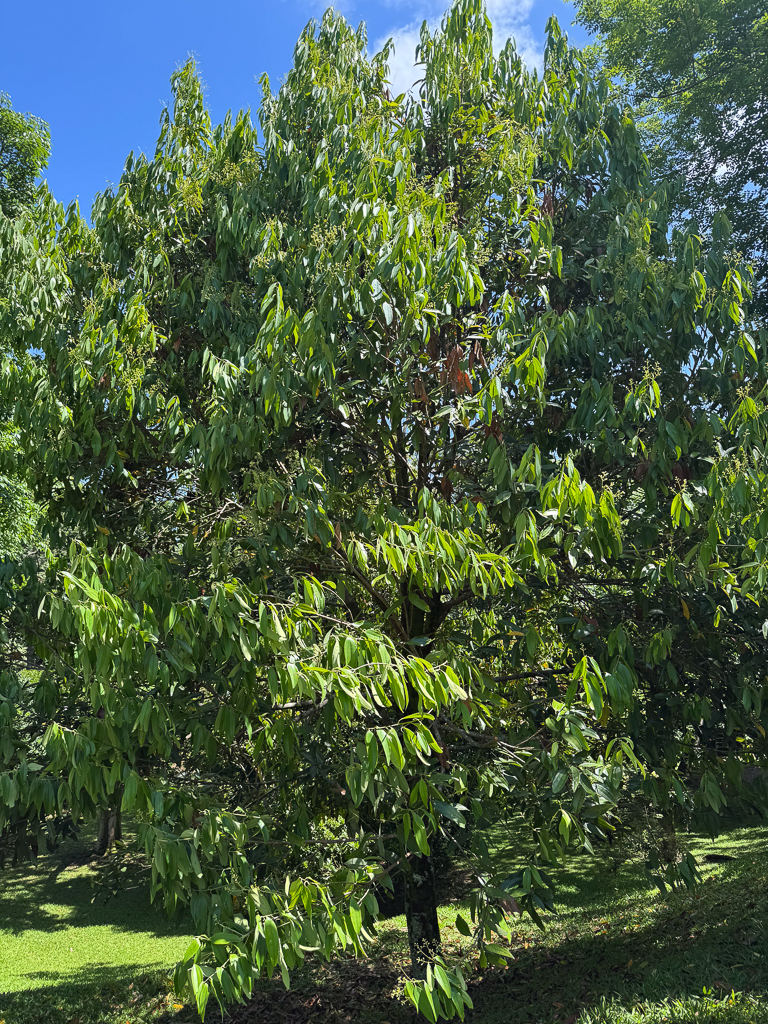
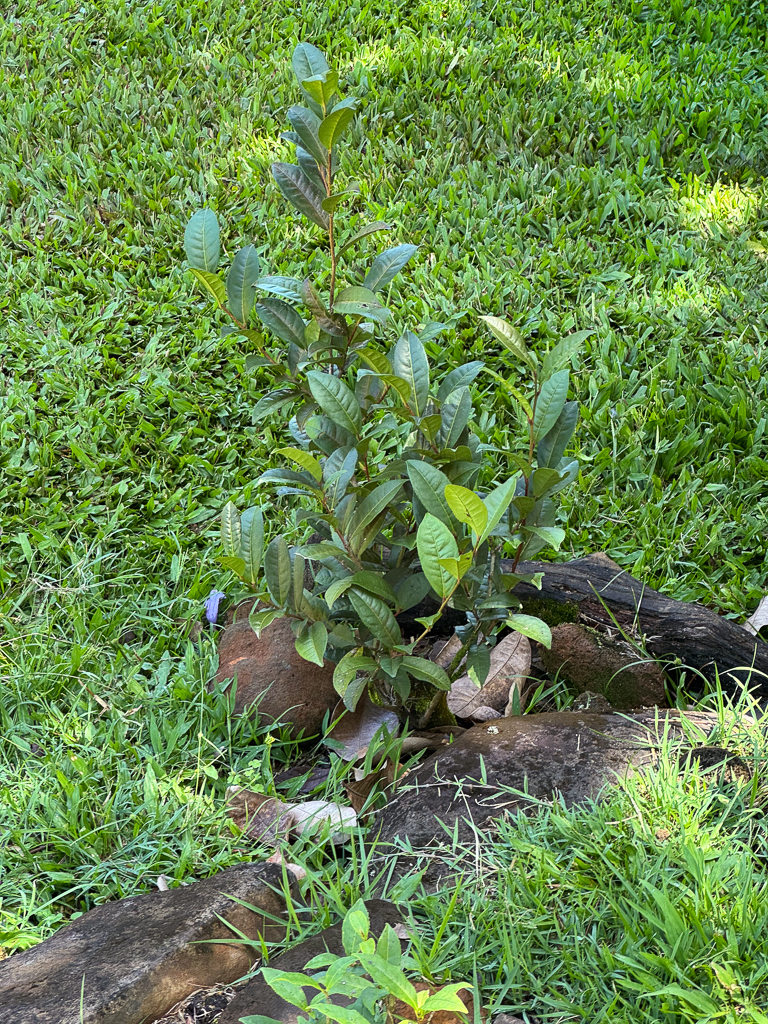
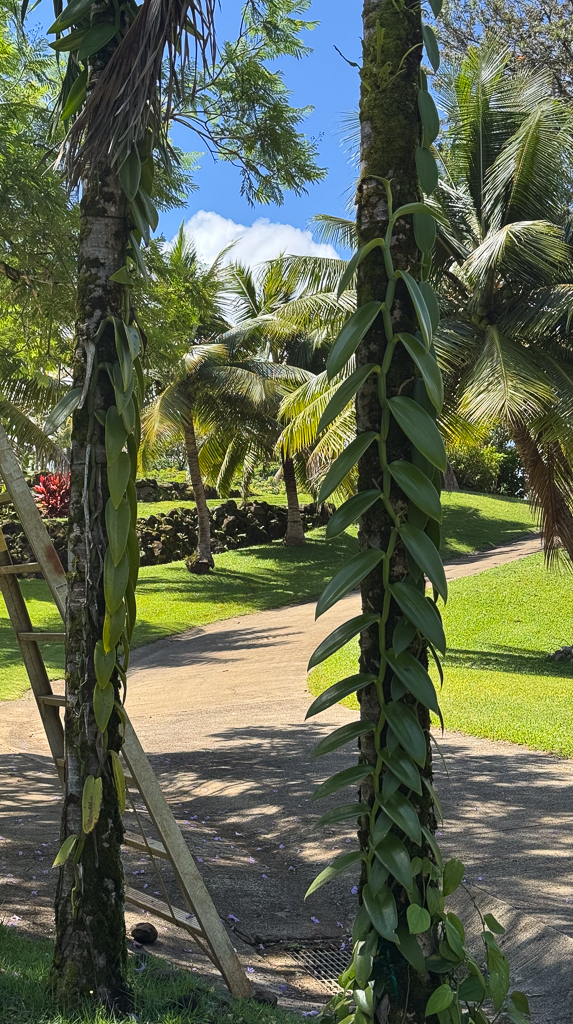
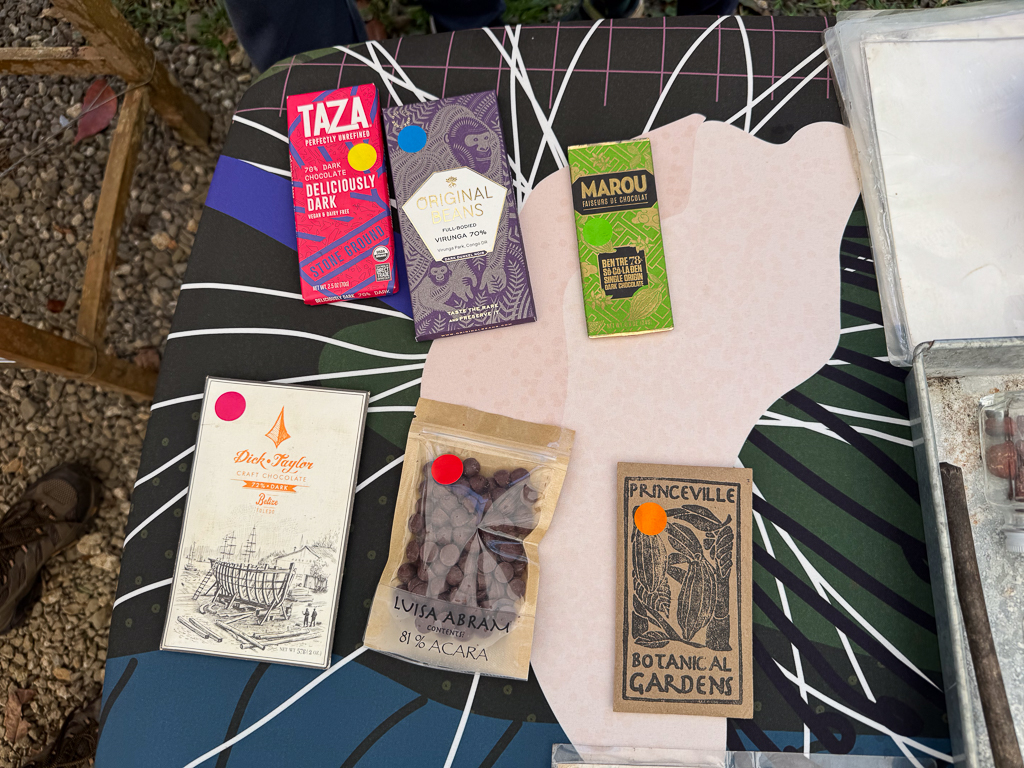

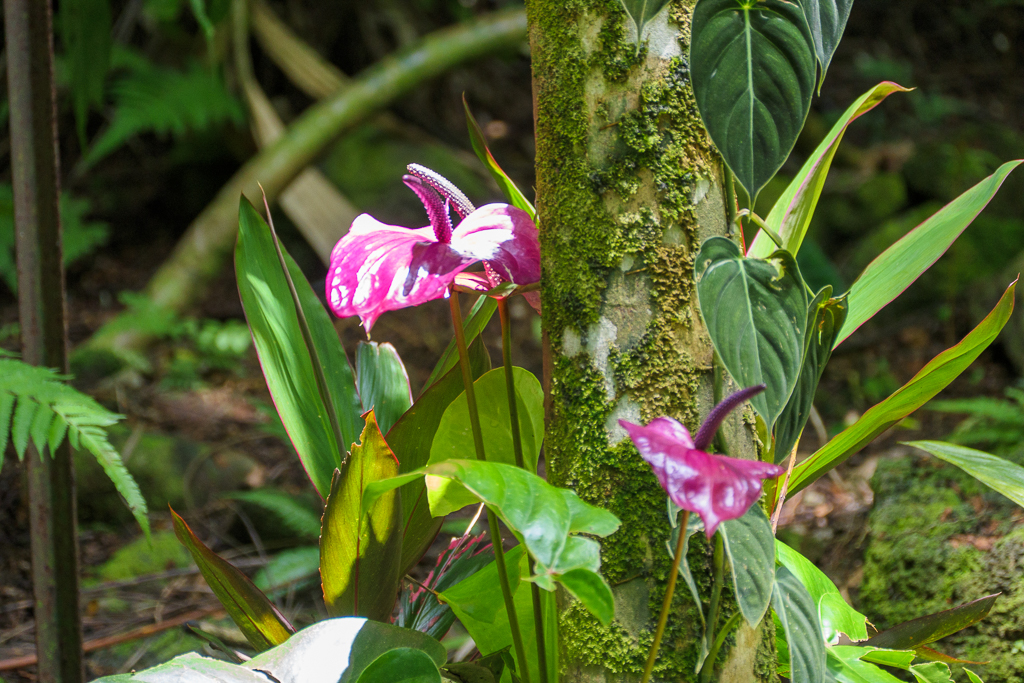
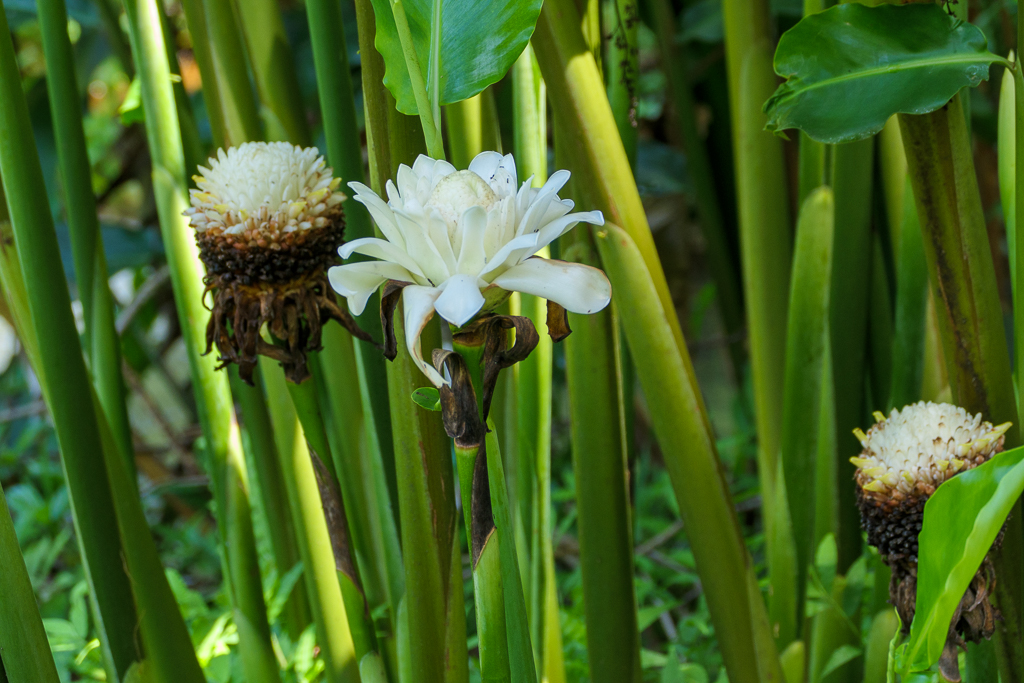
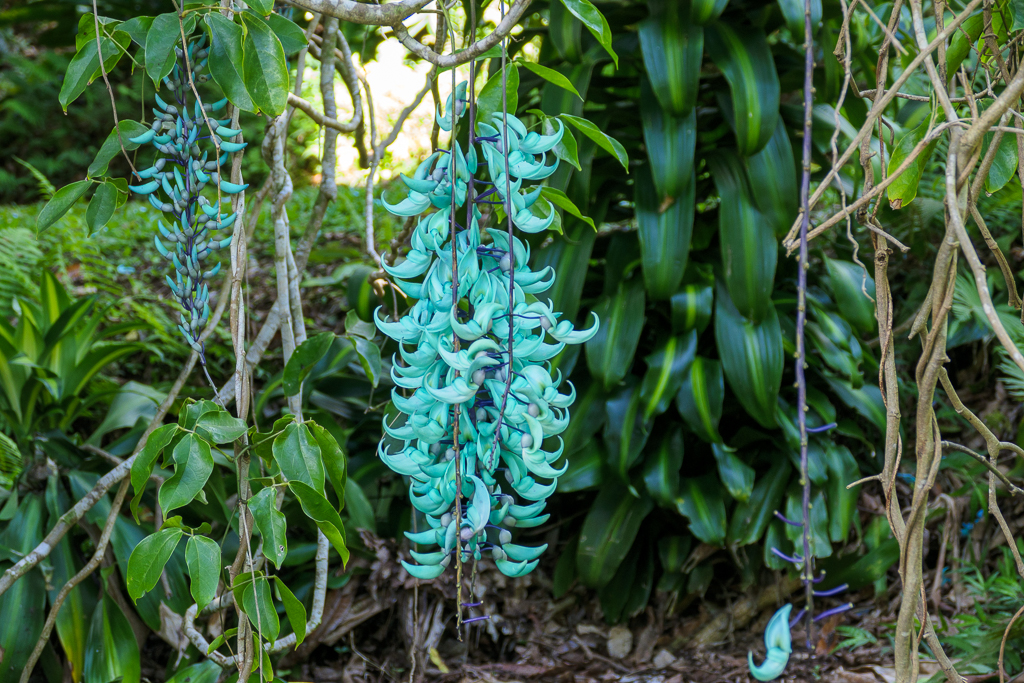
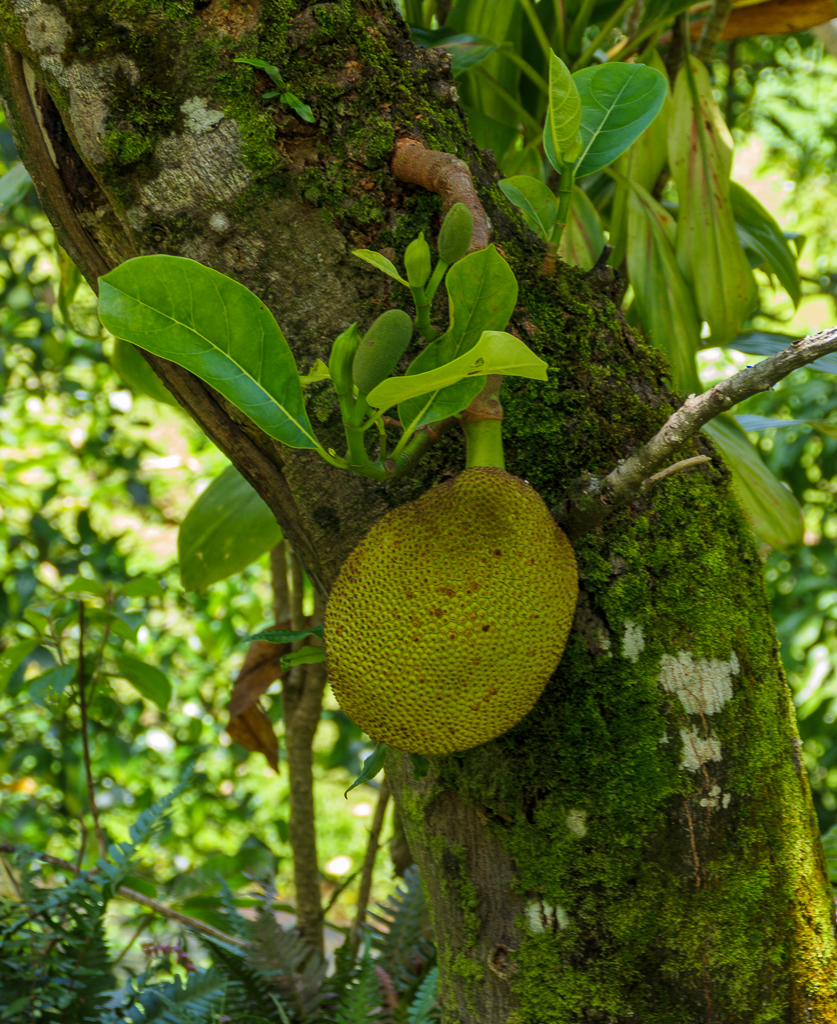
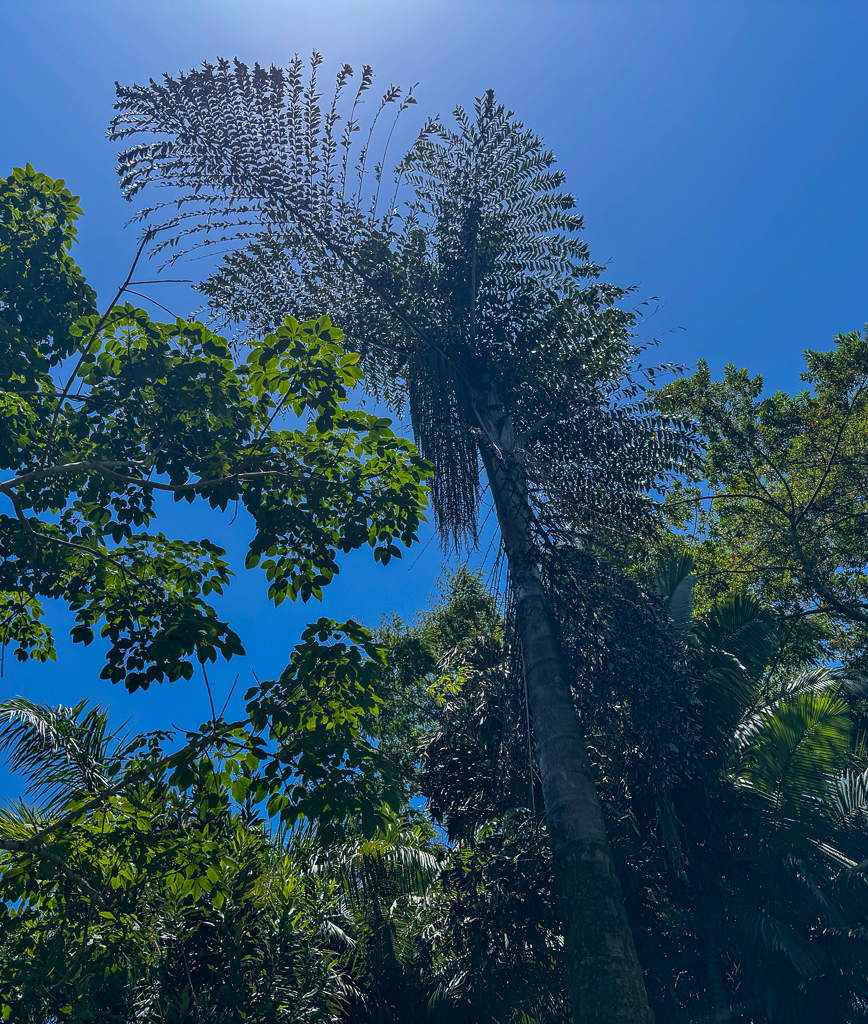
I would have bought a jar of honey if we weren’t doing carry-on; we did buy a sampler of six dark chocolate bars from Vietnam. I’d take the tour again; I enjoyed it more than the one we did a couple of years ago at Lydgate Farms, and that’s high praise indeed.
After the tour, we drove to Kilauea for lunch, which was ahi wraps from Kilauea Fish Market (one of our favorite places to eat on Kauai). Then we came back to the resort and relaxed for the rest of the day.
